Home>Gardening & Outdoor>Landscaping Ideas>How To Grow Grass Seed In Centennial


Landscaping Ideas
How To Grow Grass Seed In Centennial
Modified: October 19, 2024
Learn the best landscaping ideas for growing grass seed in Centennial. Discover expert tips for a lush, green lawn with our comprehensive guide.
(Many of the links in this article redirect to a specific reviewed product. Your purchase of these products through affiliate links helps to generate commission for Storables.com, at no extra cost. Learn more)
Introduction
Read more: How To Grow Seed
Understanding Centennial Grass Seed
Centennial grass seed is a popular choice for homeowners seeking a lush, resilient lawn. Known for its adaptability to various soil types and climates, Centennial grass is a warm-season variety that thrives in regions with hot summers and mild winters. Its exceptional drought tolerance and low maintenance requirements make it an attractive option for landscaping projects. Whether you're establishing a new lawn or rejuvenating an existing one, understanding the nuances of Centennial grass seed cultivation is essential for achieving optimal results.
In this comprehensive guide, we'll delve into the intricacies of growing Centennial grass seed in your landscape. From selecting the ideal planting time to nurturing the young seedlings, we'll explore each step with precision and insight. By the end of this article, you'll be equipped with the knowledge and confidence to cultivate a vibrant Centennial grass lawn that will be the envy of your neighborhood.
So, let's embark on this horticultural journey and unlock the secrets to successfully growing Centennial grass seed in your outdoor oasis.
Read more: How To Grow Seed
Understanding Centennial Grass Seed
Centennial grass seed, scientifically known as Cynodon dactylon, is a warm-season grass variety that boasts exceptional resilience and adaptability. Commonly referred to as Bermuda grass, it is a popular choice for lawns, sports fields, and golf courses due to its ability to withstand high foot traffic and recover quickly from environmental stressors.
This grass variety is characterized by its fine texture, vibrant green color, and vigorous growth habit. It forms a dense turf that effectively crowds out weeds and other undesirable vegetation, contributing to a visually appealing and uniform lawn.
One of the defining features of Centennial grass is its remarkable drought tolerance, making it well-suited for regions with limited water availability. Additionally, it exhibits excellent heat tolerance, allowing it to thrive in hot climates where other grass species may struggle to survive.
Centennial grass seed is renowned for its rapid germination and establishment, enabling homeowners to achieve a lush lawn in a relatively short timeframe. Once established, it requires minimal maintenance and demonstrates a high level of pest and disease resistance, further enhancing its appeal to landscape enthusiasts.
When selecting Centennial grass seed for your landscaping project, it’s important to consider factors such as your local climate, soil type, and intended use of the lawn. By understanding the unique characteristics of Centennial grass and its suitability for various environmental conditions, you can make informed decisions that will contribute to the long-term success of your lawn.
Now that we’ve gained insight into the distinctive traits of Centennial grass seed, let’s explore the optimal timing for planting this resilient grass variety to ensure favorable growing conditions.
Choosing the Right Time to Plant
Timing plays a crucial role in the successful establishment of Centennial grass seed, as it directly impacts the germination process and subsequent growth of the young seedlings. When determining the optimal time to plant Centennial grass seed, it’s essential to consider both seasonal factors and local climate patterns to create favorable conditions for germination and establishment.
Centennial grass is a warm-season variety, thriving in regions with hot summers and mild winters. Therefore, the ideal time to plant Centennial grass seed is during the late spring or early summer when the soil temperature consistently reaches approximately 65 to 70 degrees Fahrenheit. This temperature range is conducive to rapid germination and robust seedling development, setting the stage for a healthy and vibrant lawn.
Prior to planting, it’s advisable to assess the soil temperature using a soil thermometer to ensure that it aligns with the recommended range for Centennial grass seed germination. By monitoring the soil temperature, you can make informed decisions regarding the timing of planting, ultimately maximizing the chances of successful establishment.
It’s important to avoid planting Centennial grass seed during periods of extreme heat or drought, as these conditions can hinder germination and compromise the overall viability of the seedlings. Additionally, planting too late in the season may expose the young grass to harsh winter conditions, impeding its ability to develop a strong root system before the onset of cold weather.
By aligning the planting schedule with the optimal environmental conditions, you can set the stage for a successful and resilient lawn that will thrive throughout the growing season and beyond.
Next, we’ll delve into the essential steps for preparing the soil to create an ideal foundation for the successful germination and growth of Centennial grass seed.
Preparing the Soil
Creating a conducive environment for Centennial grass seed germination and establishment begins with thorough soil preparation. By addressing key factors such as soil composition, nutrient levels, and moisture retention, you can lay the groundwork for a healthy and resilient lawn that flourishes in your landscape.
The first step in preparing the soil for Centennial grass seed involves assessing its composition and structure. Ideally, the soil should be well-draining to prevent waterlogging, which can impede seed germination and root development. If the soil is compacted or lacks adequate drainage, aerating the area can improve soil structure and promote better water infiltration.
Next, it’s essential to conduct a soil test to evaluate nutrient levels and pH balance. Centennial grass thrives in slightly acidic to neutral soil with a pH range of 6.0 to 7.0. If the soil pH is outside of this range, amendments such as lime or sulfur can be applied to adjust the acidity levels and create an optimal growing environment for the grass seed.
Furthermore, incorporating organic matter into the soil, such as compost or well-rotted manure, can enhance its fertility and texture, providing essential nutrients for the developing grass seedlings. This organic amendment also contributes to improved moisture retention and microbial activity in the soil, fostering a healthy ecosystem for the young roots to establish and thrive.
Prior to planting Centennial grass seed, it’s recommended to remove any existing vegetation, such as weeds or debris, from the area to reduce competition for resources and create a clean slate for the new grass to take root. This can be achieved through manual removal or by using herbicides, following proper application guidelines and safety precautions.
By diligently preparing the soil and addressing its specific needs, you can create an optimal foundation for the successful germination and growth of Centennial grass seed. With the groundwork laid, we can now explore the essential steps for planting the grass seed and nurturing its development in your landscape.
Water the grass seed regularly, keeping the soil consistently moist but not waterlogged. Avoid walking on the newly seeded area to prevent damage to the delicate young grass plants.
Read more: How Chia Seeds Grow
Planting Centennial Grass Seed
Planting Centennial grass seed is a pivotal step in establishing a vibrant and resilient lawn that enhances the beauty of your outdoor space. By following best practices and paying attention to key considerations, you can optimize the germination and growth of the grass seed, setting the stage for a lush and healthy lawn.
Before planting, it’s important to select high-quality Centennial grass seed suited to your specific climate and soil conditions. Choosing certified seed varieties ensures genetic purity and reliable performance, increasing the likelihood of successful establishment and long-term vitality.
When preparing to plant Centennial grass seed, it’s advisable to evenly distribute the seed using a broadcast spreader or mechanical seeder to achieve uniform coverage. This approach minimizes the risk of patchy growth and promotes a consistent density of grass across the designated area.
Following seed distribution, gently rake the soil to cover the seeds with a thin layer of soil, ensuring good seed-to-soil contact while avoiding burying the seeds too deeply. Lightly compacting the soil after planting can further enhance seed-to-soil contact, promoting efficient water absorption and supporting the germination process.
Once the Centennial grass seed is planted, it’s crucial to provide adequate moisture to support germination and early growth. Water the newly planted area lightly and frequently, keeping the soil consistently moist but not waterlogged. This helps facilitate the emergence of young seedlings and promotes healthy root development, setting the stage for a robust and resilient lawn.
During the germination phase, it’s important to protect the seeded area from foot traffic and minimize disturbances that could disrupt the delicate seedlings. Establishing clear boundaries and communicating the importance of avoiding the newly seeded area can help safeguard the emerging grass and promote uniform growth across the entire lawn.
By adhering to best practices for planting Centennial grass seed and providing attentive care during the critical early stages, you can lay the foundation for a thriving lawn that enhances the aesthetic appeal of your landscape. With the grass seed planted and nurtured, we can now shift our focus to the essential steps for caring for Centennial grass and fostering its long-term health and vitality.
Caring for Centennial Grass
Once Centennial grass seed has been planted and the initial stages of germination and establishment are underway, it’s essential to provide attentive care to support the ongoing health and vitality of the young grass. By implementing proper maintenance practices and addressing the unique needs of Centennial grass, you can nurture a lush and resilient lawn that thrives in your landscape.
Regular watering is crucial for sustaining the growth and development of Centennial grass, particularly during the early stages of establishment. It’s important to water the newly seeded area consistently, keeping the soil moist to support the emergence of seedlings and the development of a robust root system. As the grass matures, adjusting the watering schedule to accommodate its specific moisture requirements contributes to long-term health and resilience.
Mowing plays a significant role in maintaining the ideal height and density of Centennial grass. It’s recommended to mow the grass at a height of approximately 1 to 1.5 inches, as this promotes a dense turf and encourages lateral growth, contributing to a visually appealing and uniform lawn. Regular mowing, coupled with proper blade sharpness and mowing frequency, supports the overall health and vigor of the grass, contributing to its resilience and aesthetic appeal.
Applying a balanced fertilizer tailored to the nutritional needs of Centennial grass can enhance its vitality and color, providing essential nutrients for sustained growth and development. By following recommended fertilization guidelines and timing applications to align with the grass’s growth cycles, you can optimize nutrient uptake and promote a vibrant and healthy lawn.
Monitoring for pests and diseases is essential for safeguarding the well-being of Centennial grass. Regular inspection of the lawn for signs of pest activity or disease symptoms enables early intervention and targeted treatment, minimizing potential damage and preserving the overall health of the grass. Implementing integrated pest management practices and utilizing disease-resistant grass varieties can further fortify the lawn against potential threats.
Aerating the soil periodically can alleviate compaction and improve air and water infiltration, fostering a healthy root system and overall turf vigor. Core aeration, conducted at appropriate intervals, enhances soil structure and promotes robust root growth, contributing to the long-term resilience and sustainability of the lawn.
By implementing these essential care practices and tailoring them to the specific needs of Centennial grass, you can cultivate a vibrant and enduring lawn that enriches your outdoor environment. With attentive care and a focus on promoting the health and vitality of the grass, you can enjoy the beauty and resilience of a thriving Centennial grass lawn in your landscape.
Conclusion
Cultivating a lush and resilient lawn with Centennial grass seed is a rewarding endeavor that enhances the beauty and functionality of your outdoor space. By understanding the unique characteristics of Centennial grass and implementing best practices for planting and care, you can create a vibrant and enduring landscape feature that enriches your home environment.
From selecting the optimal planting time to preparing the soil and nurturing the young grass, each step in the cultivation process contributes to the long-term success of your lawn. By aligning these efforts with the specific needs of Centennial grass, you can establish a healthy and visually appealing lawn that thrives in your local climate and soil conditions.
As you embark on your journey to grow Centennial grass seed, remember the importance of attentive care, regular maintenance, and a deep understanding of the grass’s unique requirements. By providing the essential elements of water, nutrients, and protection from potential threats, you can foster a resilient and vibrant lawn that becomes a cherished feature of your landscape.
Ultimately, the beauty and resilience of a Centennial grass lawn serve as a testament to your dedication and horticultural expertise, creating a welcoming and inviting outdoor space for relaxation, recreation, and enjoyment. Whether it’s the lush green carpet underfoot or the visual impact of a well-maintained lawn, the benefits of growing Centennial grass extend far beyond aesthetics, enriching your outdoor experience and creating a sense of natural harmony.
So, as you embark on this horticultural journey, may the insights and guidance provided in this comprehensive guide empower you to cultivate a thriving and enduring Centennial grass lawn that brings joy and tranquility to your outdoor oasis.
Frequently Asked Questions about How To Grow Grass Seed In Centennial
Was this page helpful?
At Storables.com, we guarantee accurate and reliable information. Our content, validated by Expert Board Contributors, is crafted following stringent Editorial Policies. We're committed to providing you with well-researched, expert-backed insights for all your informational needs.
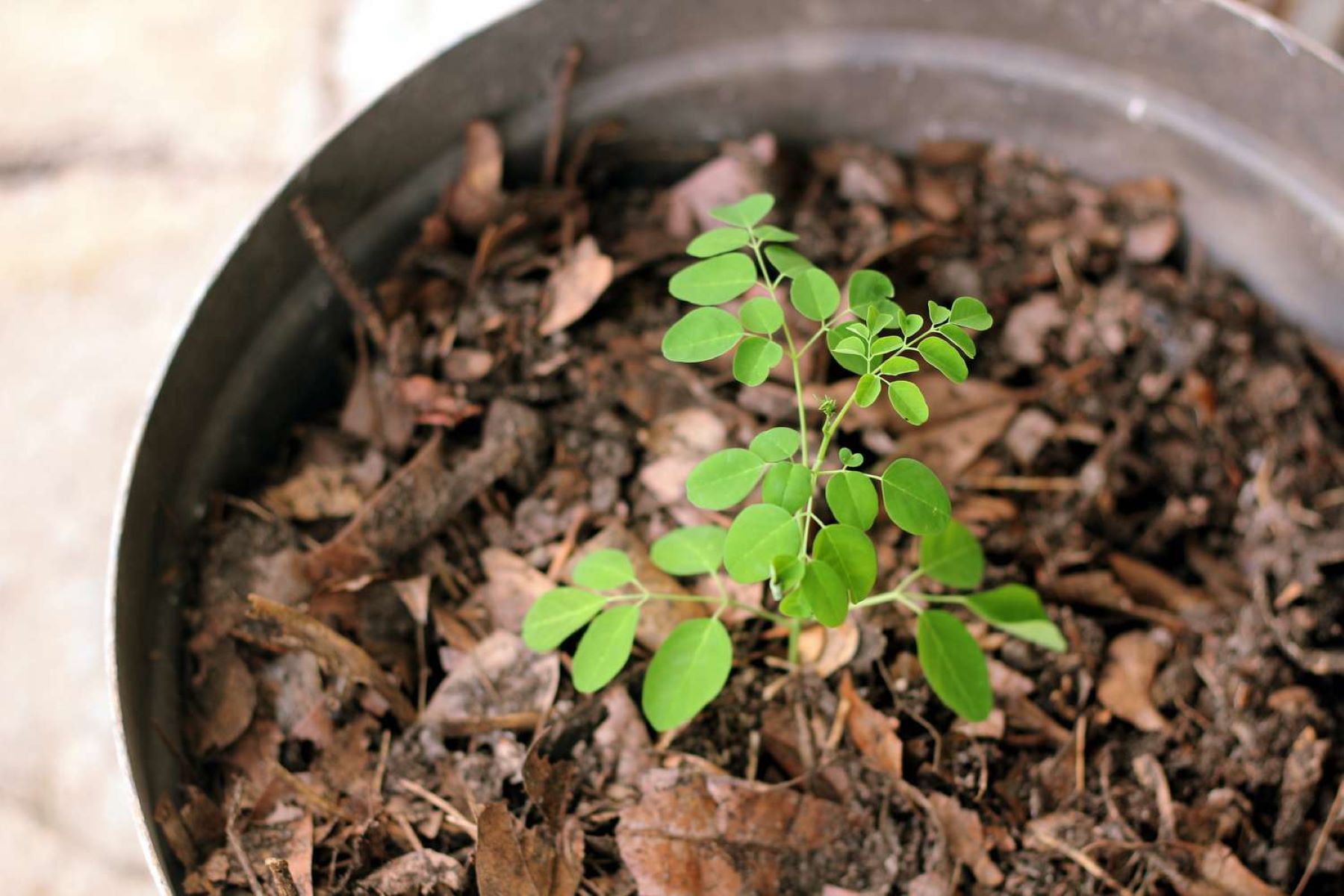



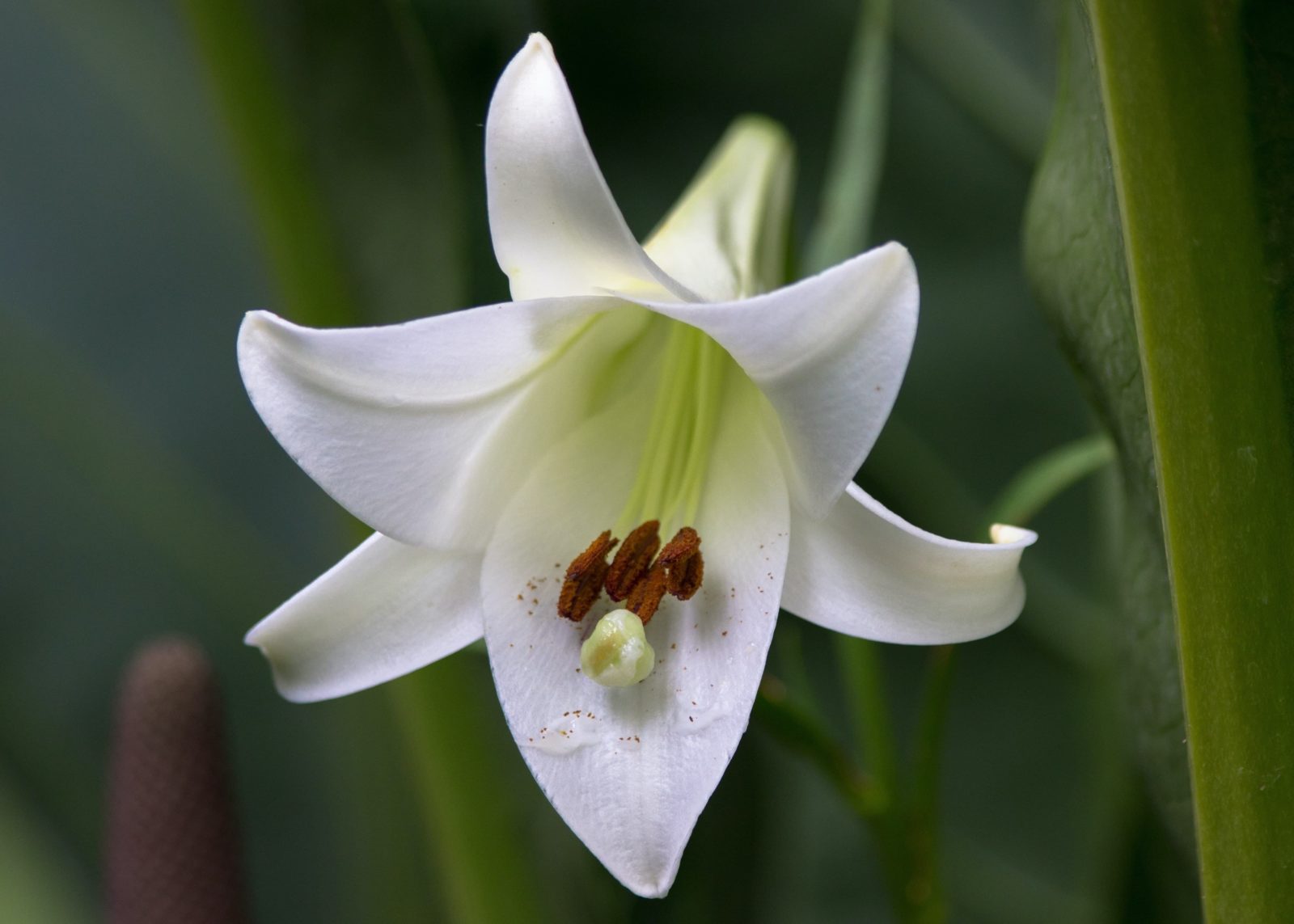
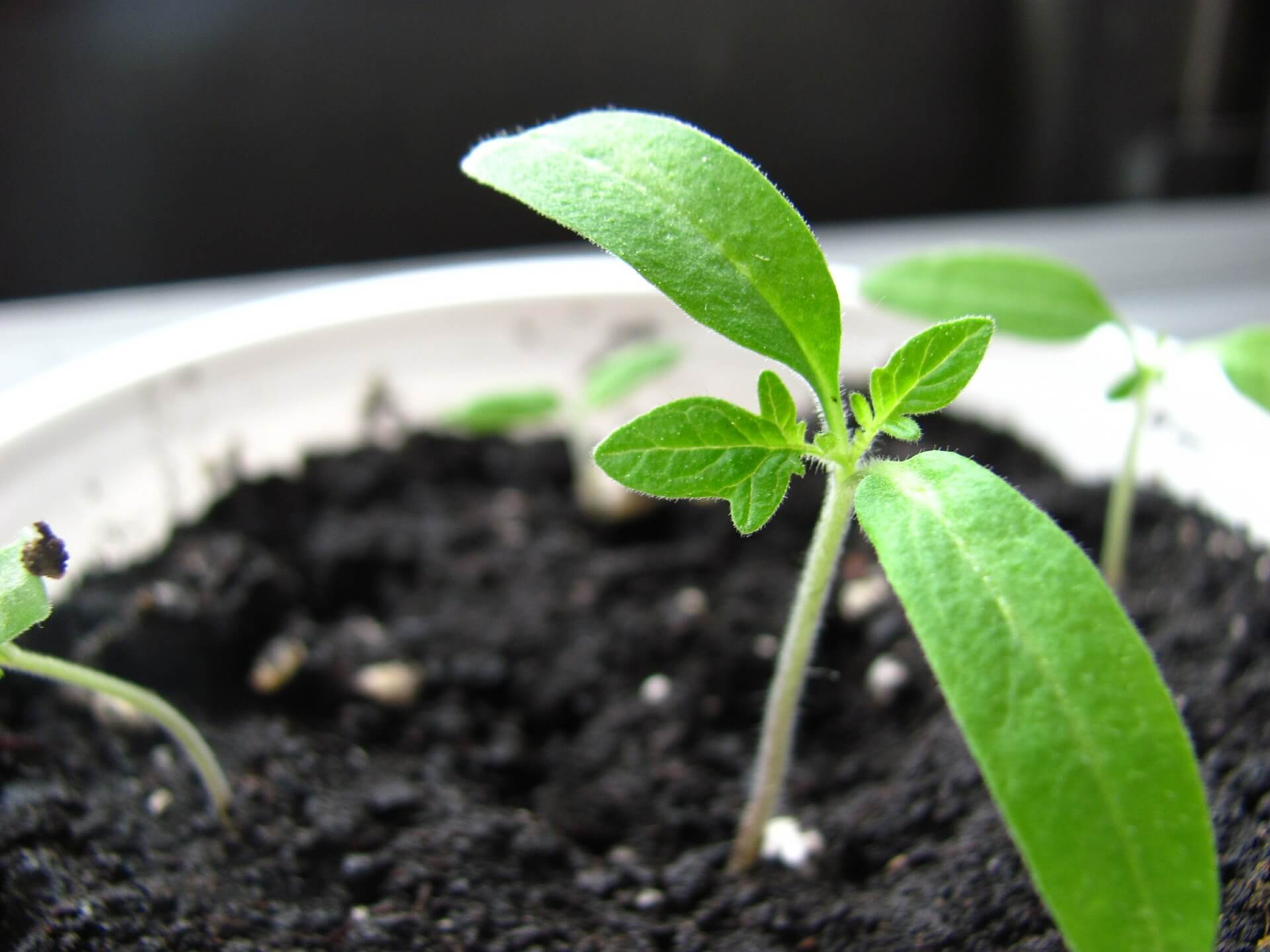
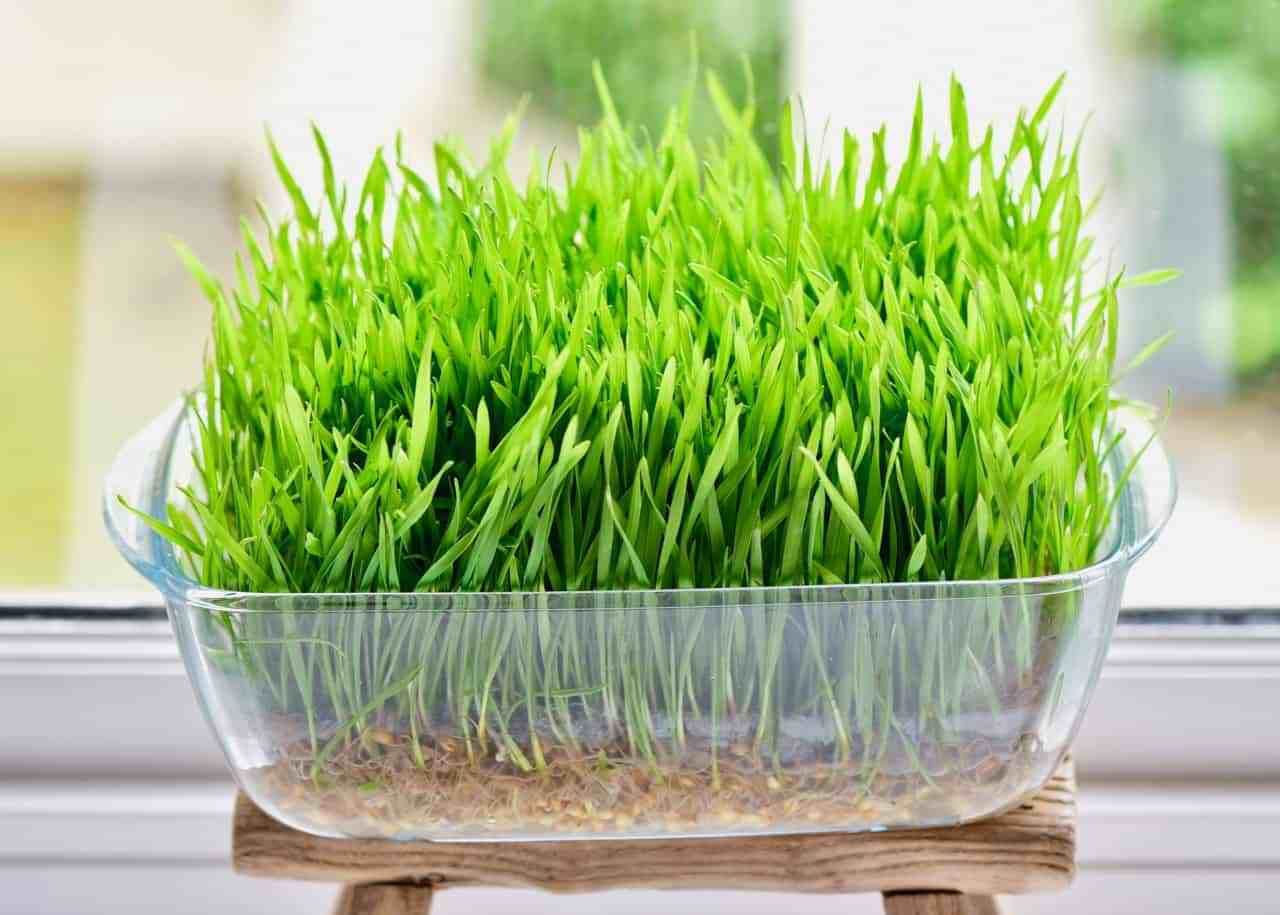
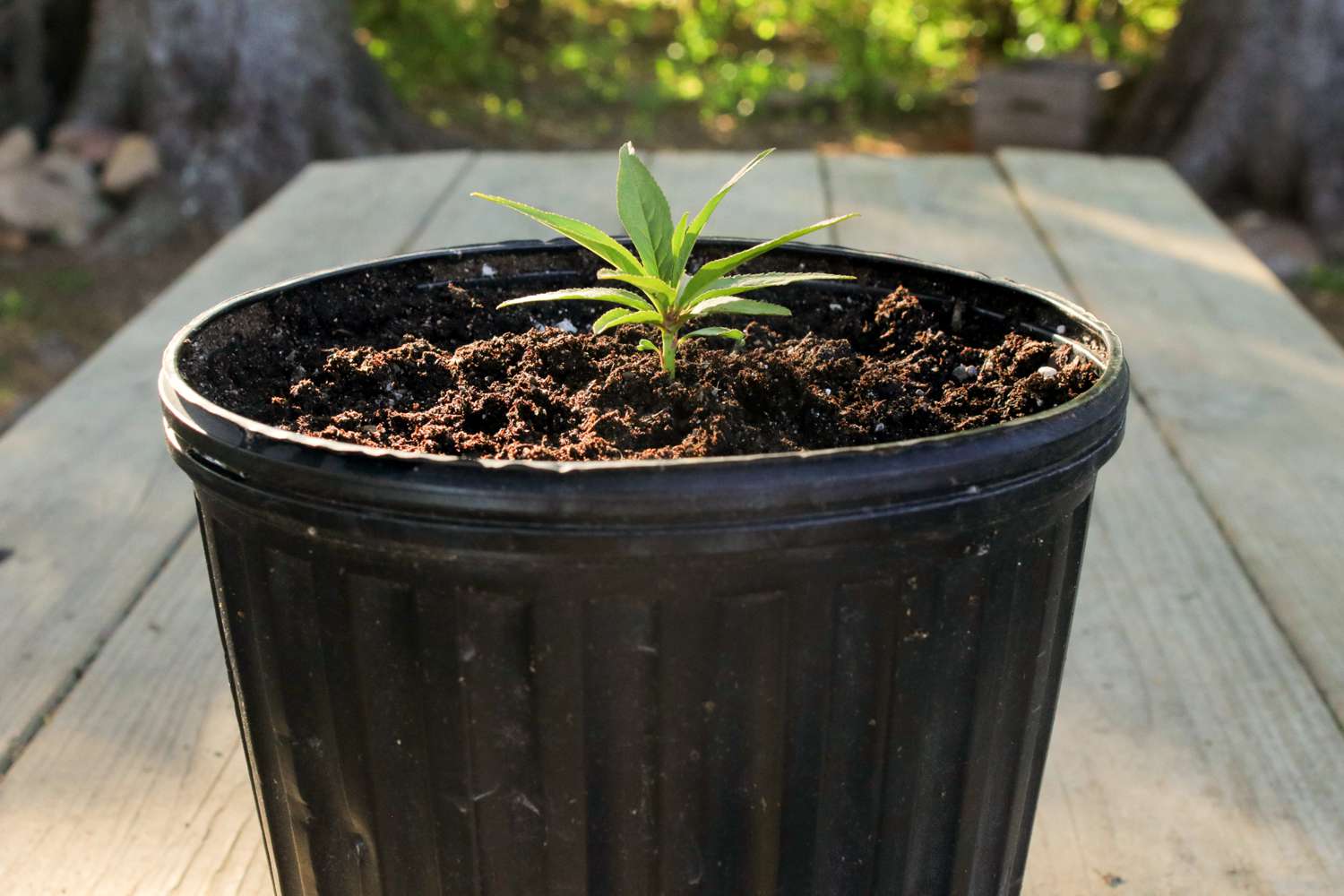
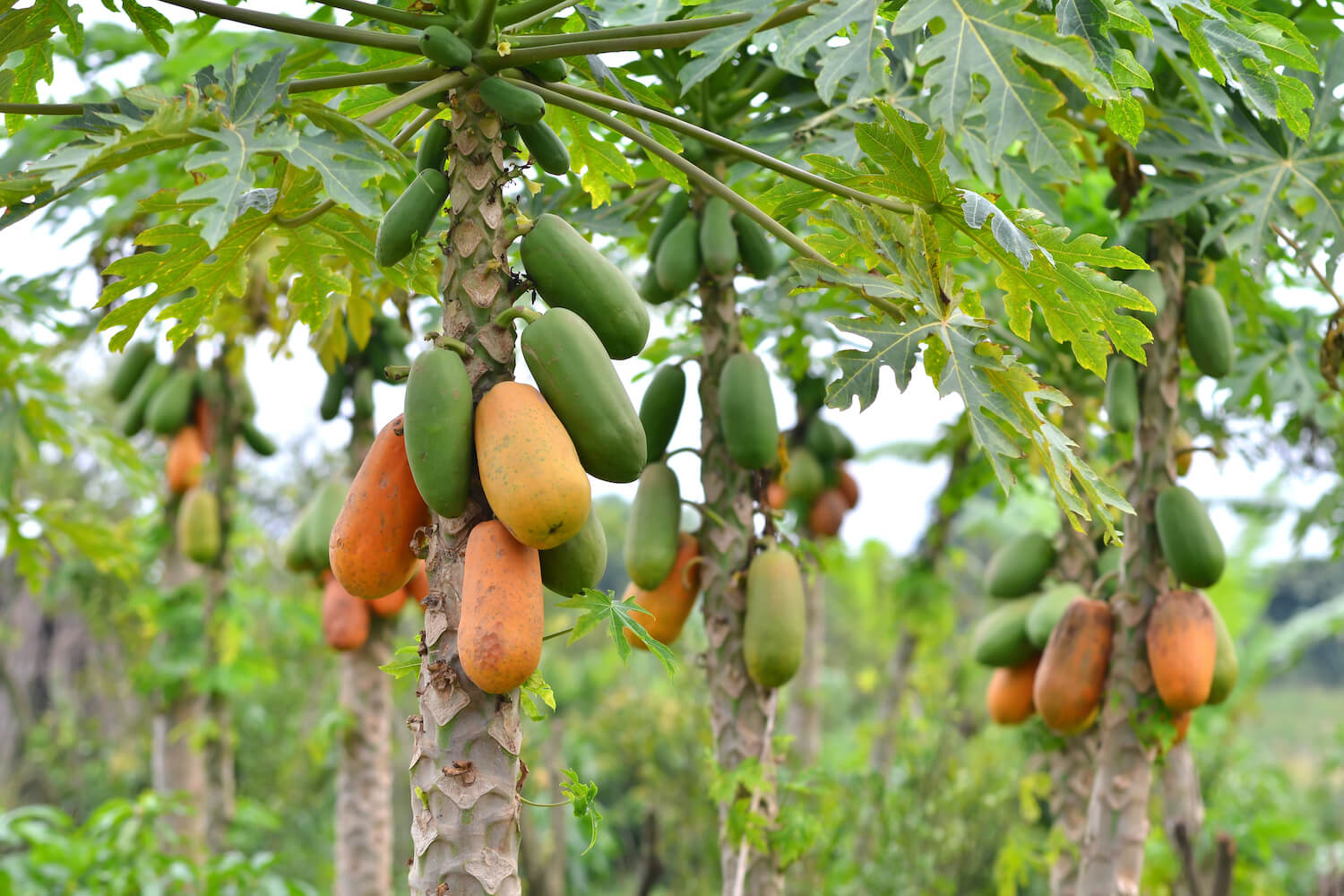
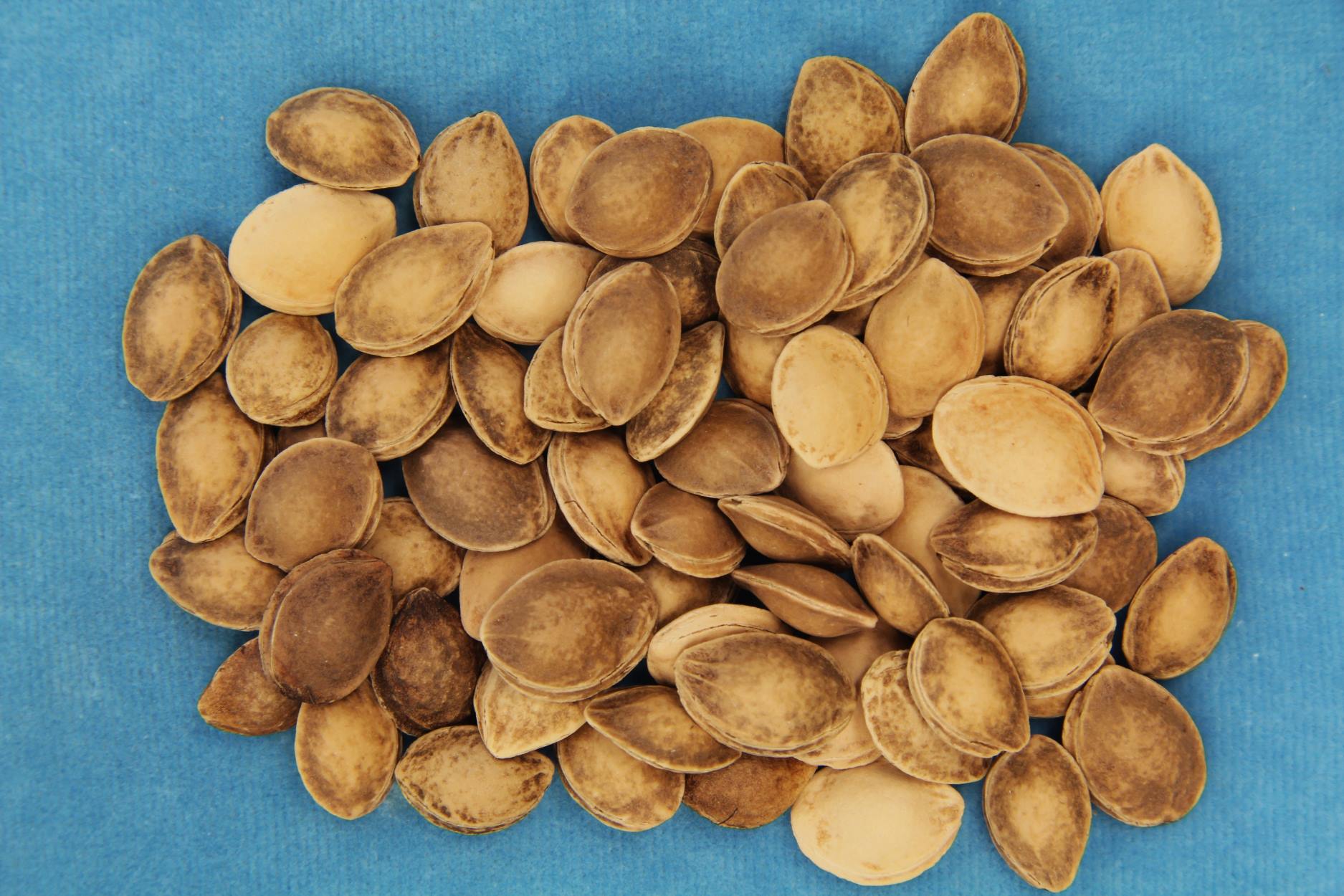
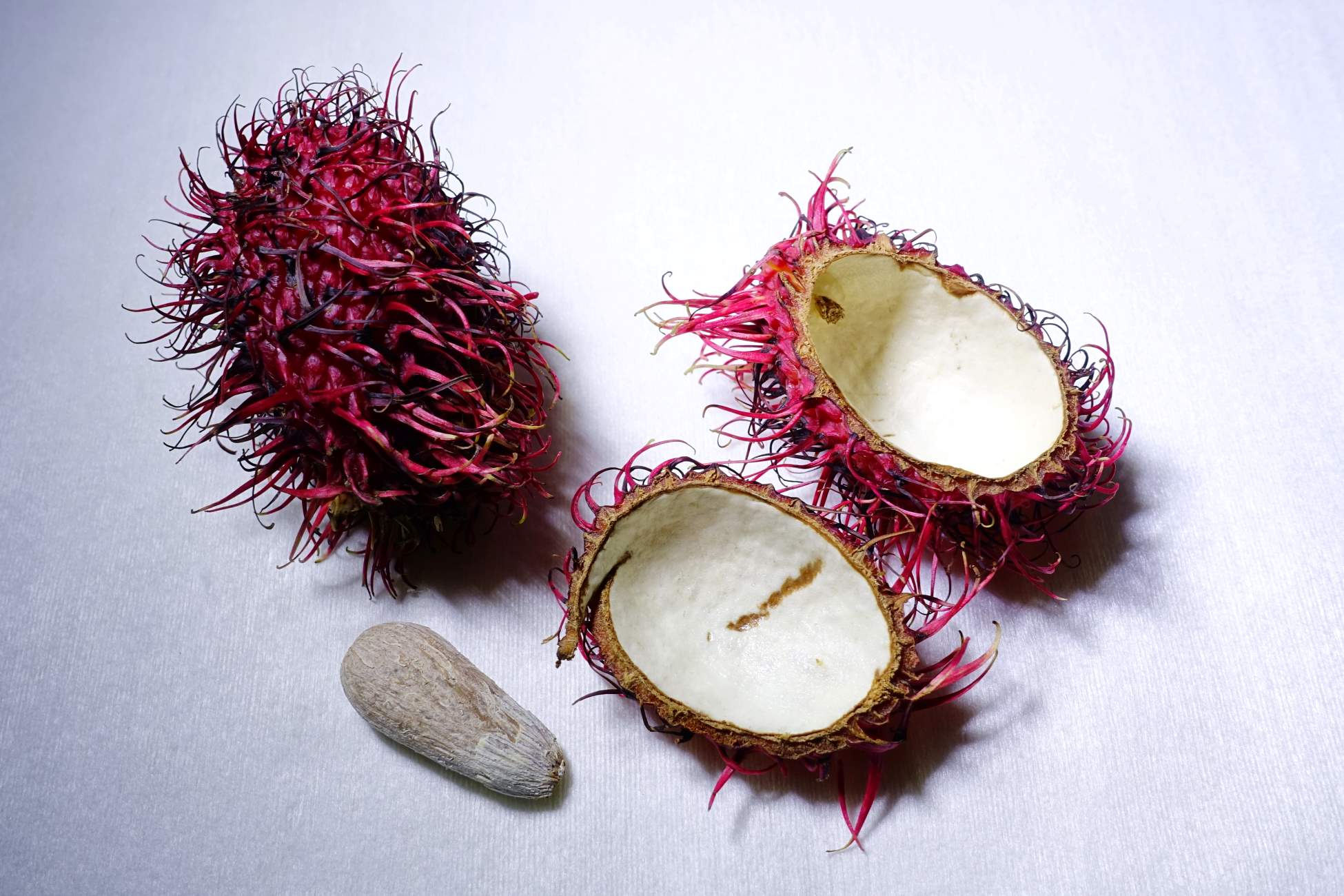
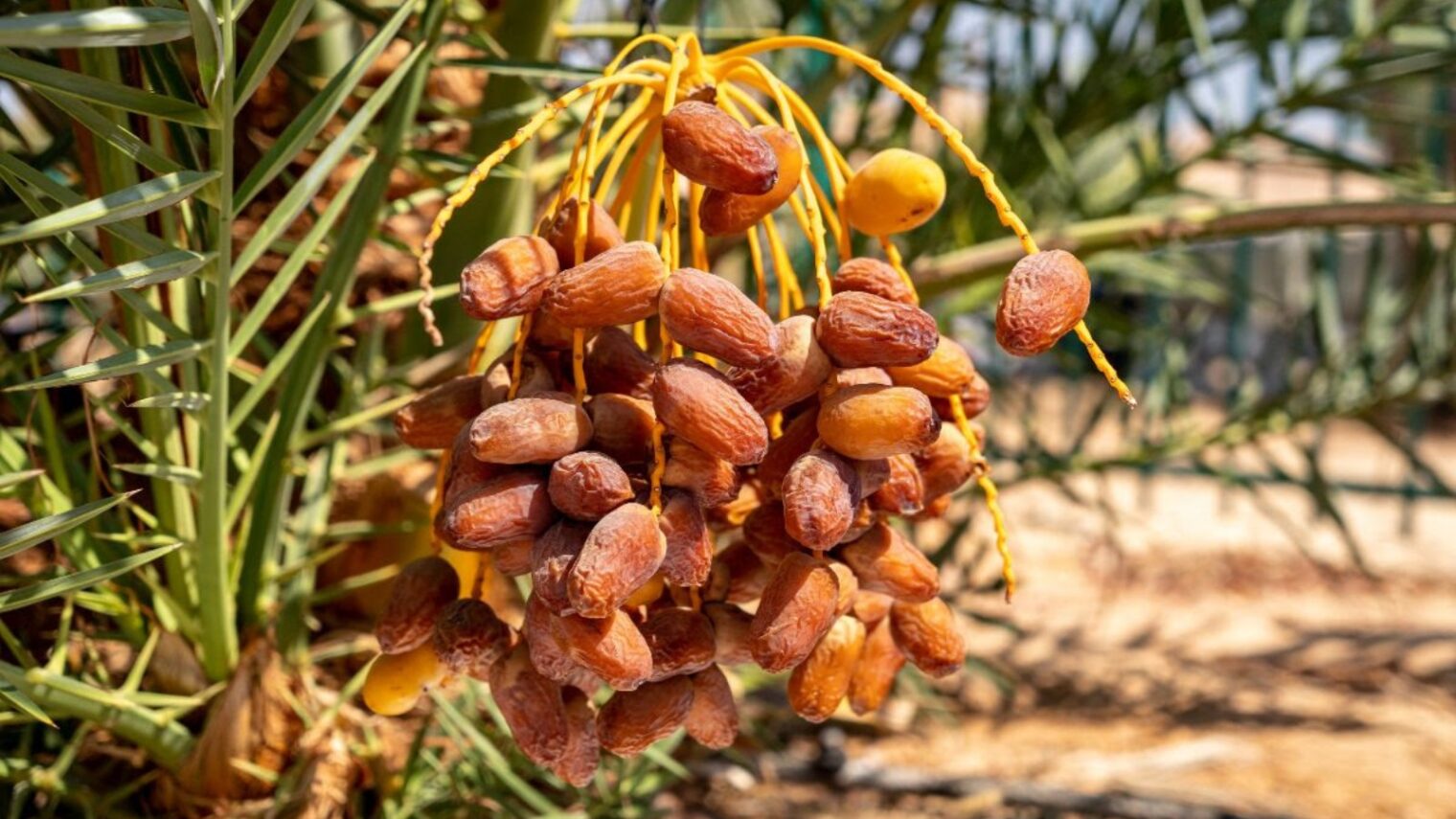
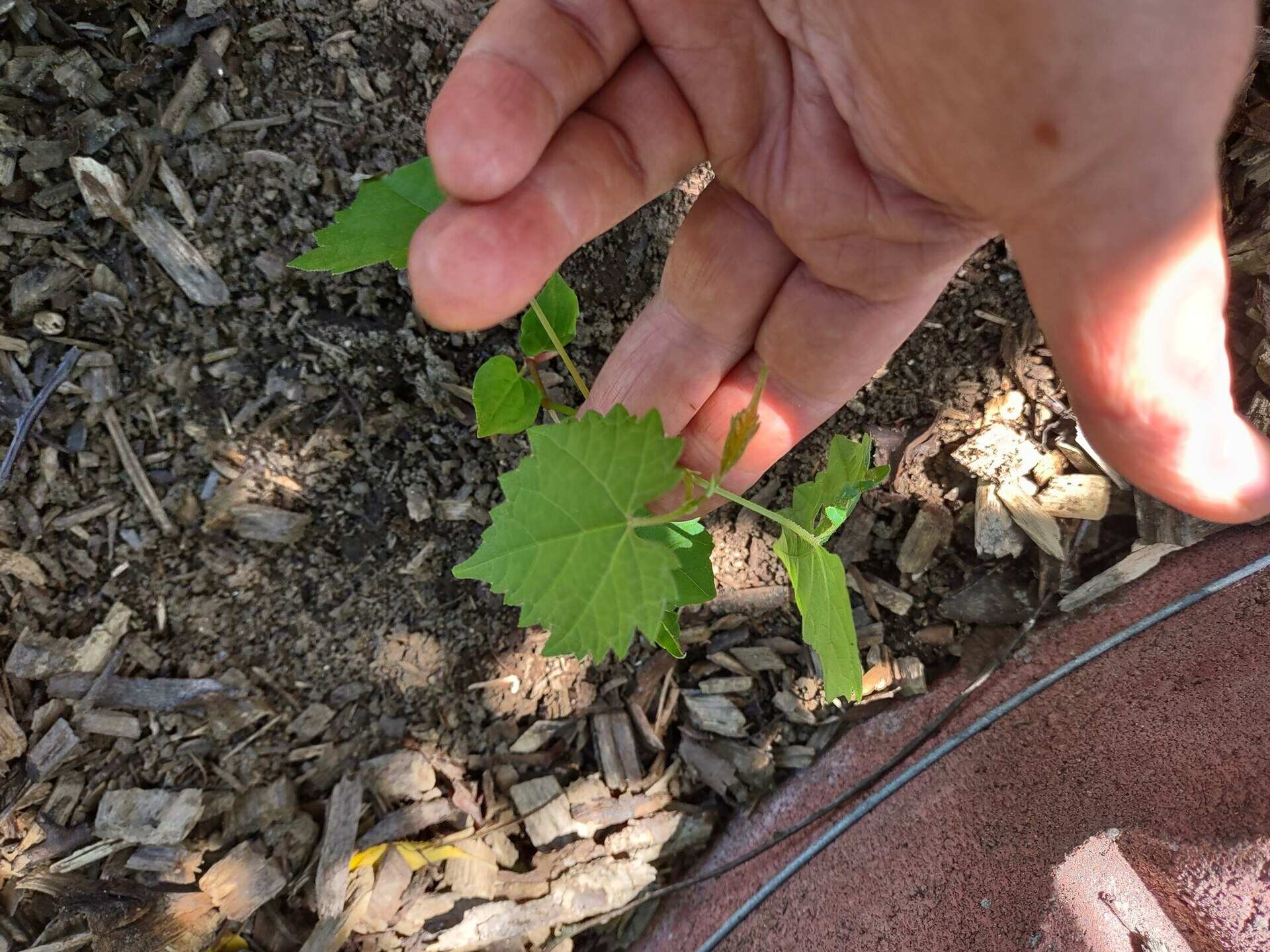


0 thoughts on “How To Grow Grass Seed In Centennial”